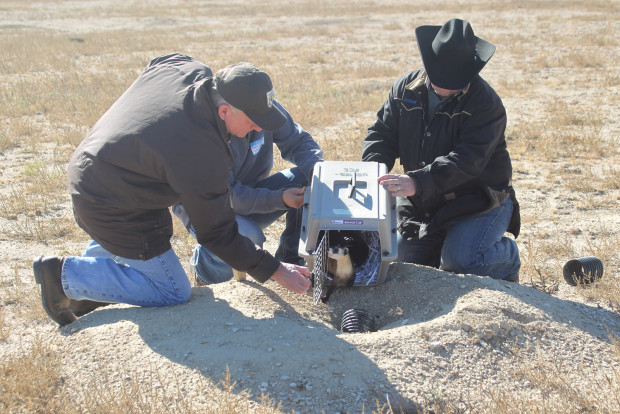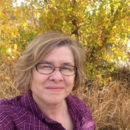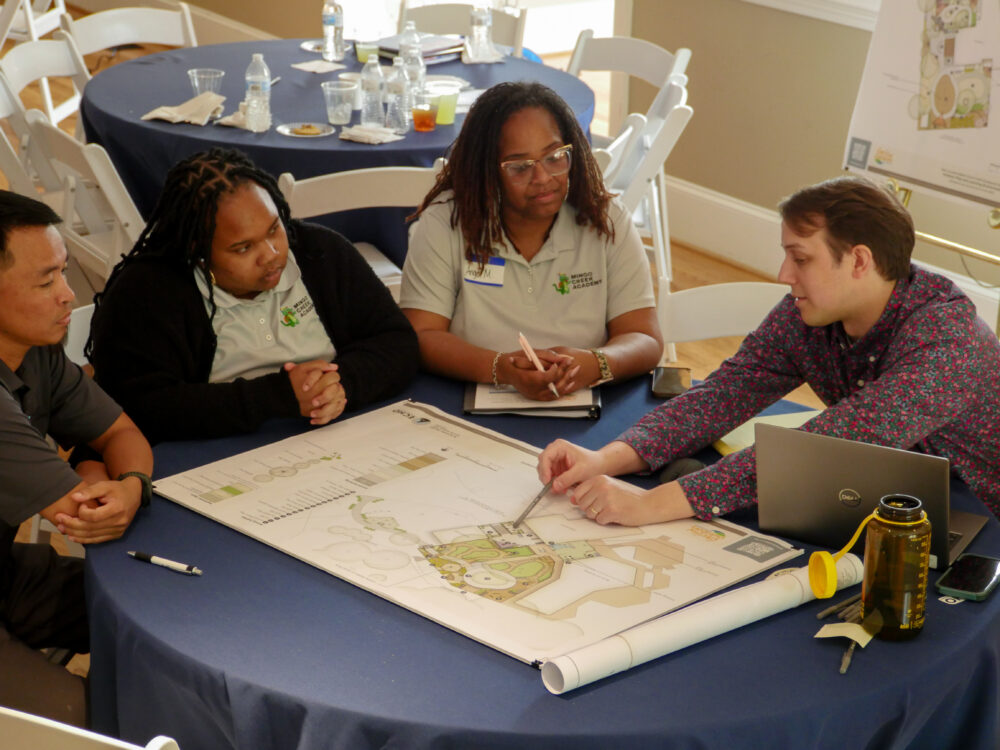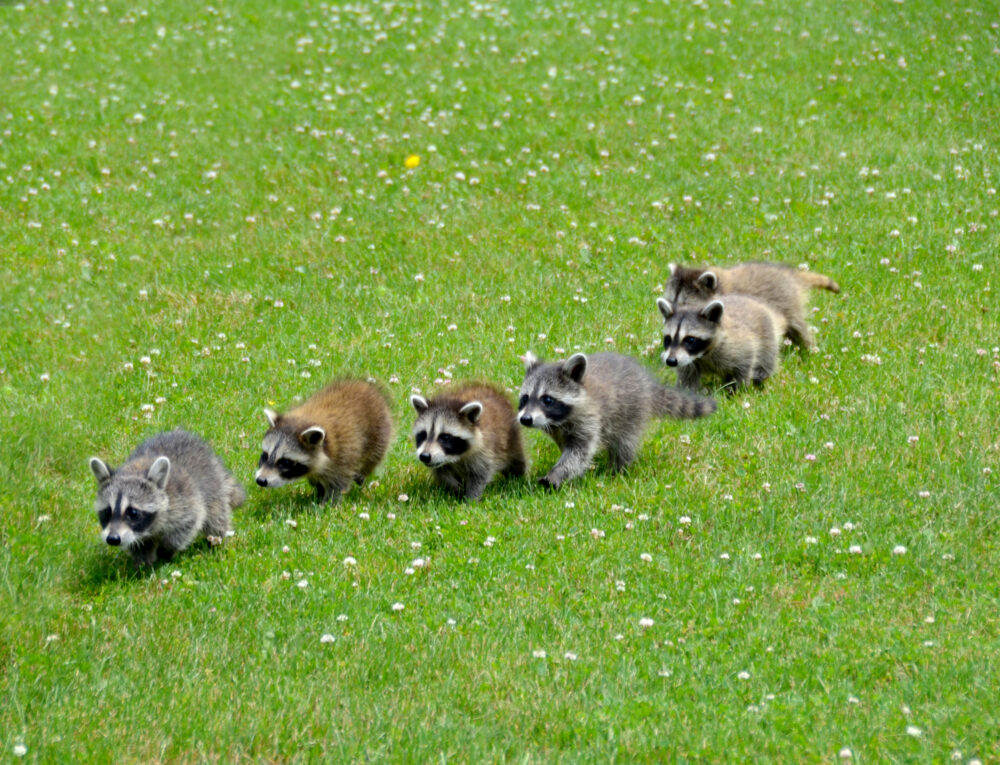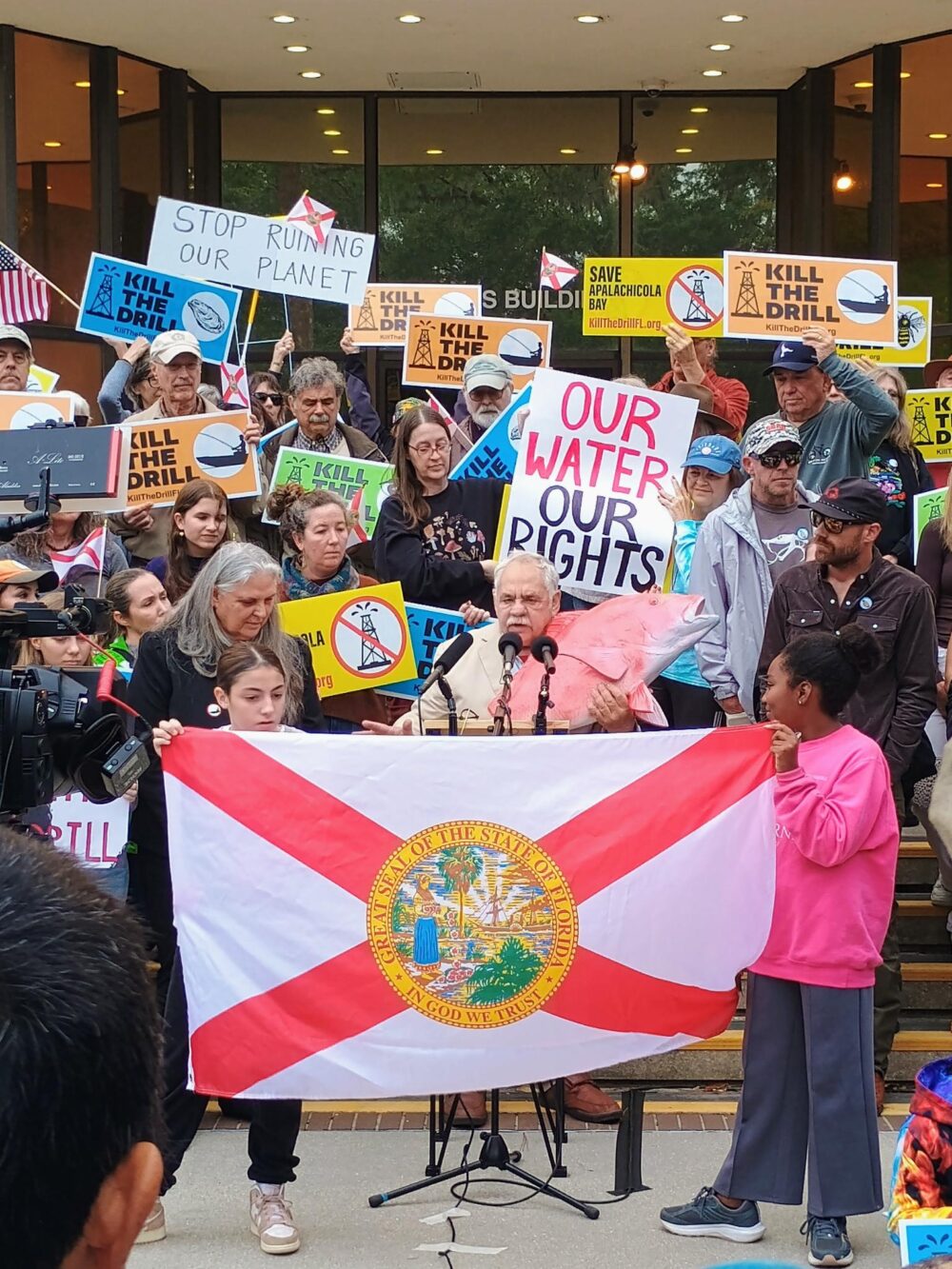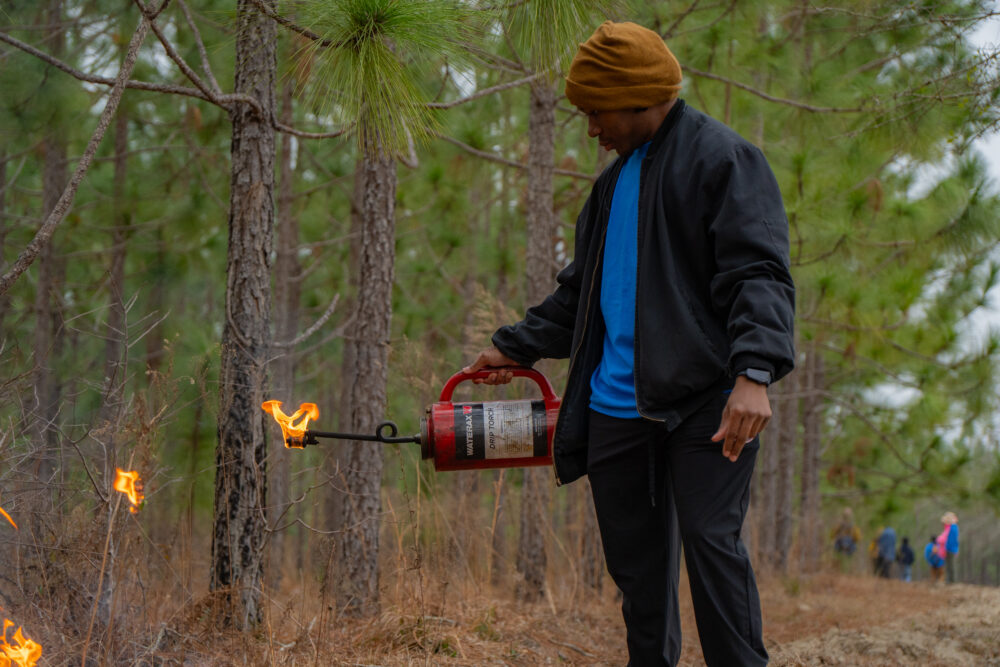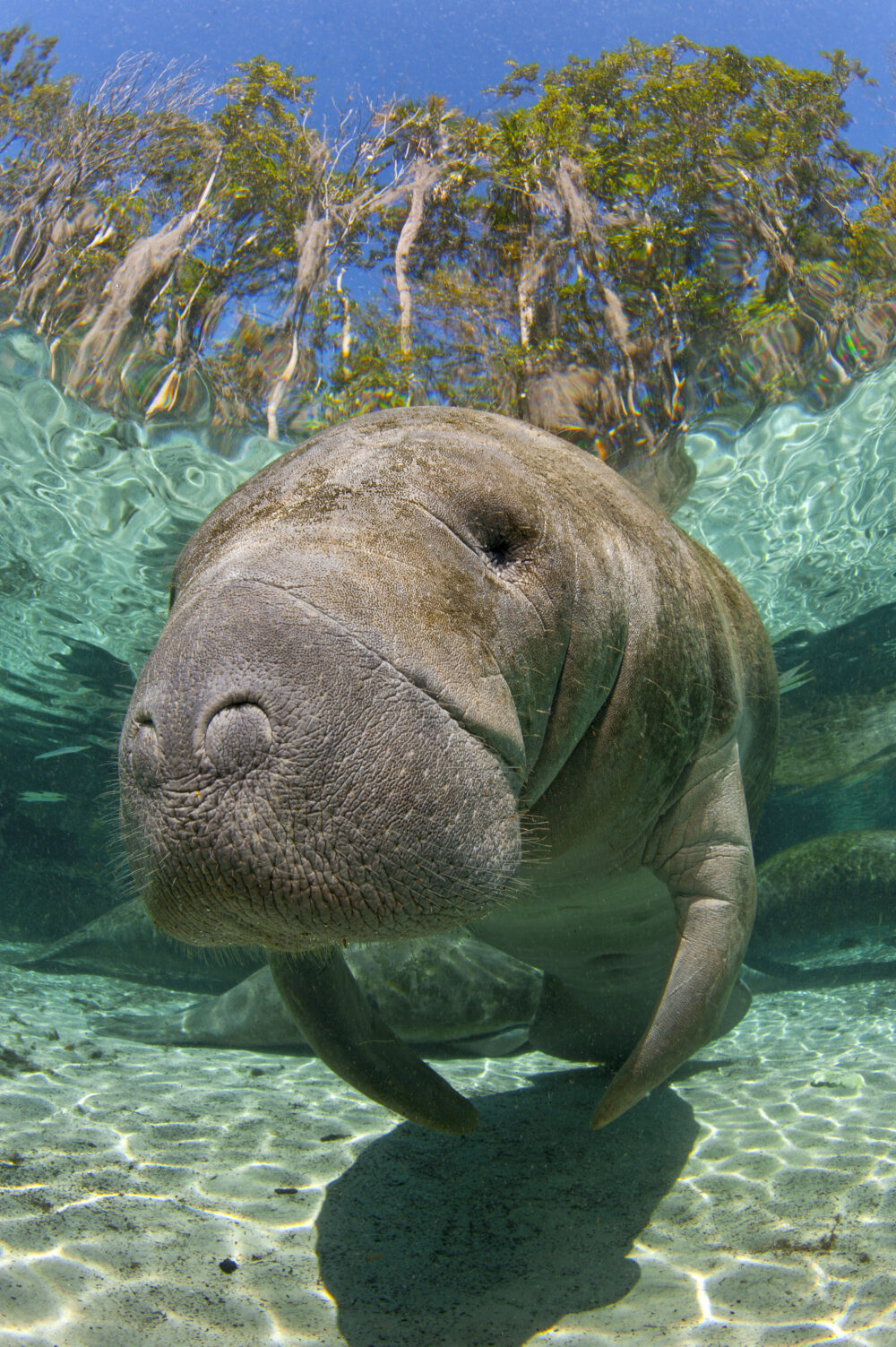We have much more to do and your continued support is needed now more than ever.
Endangered Ferrets Find Refuge on Southern Colorado ranch
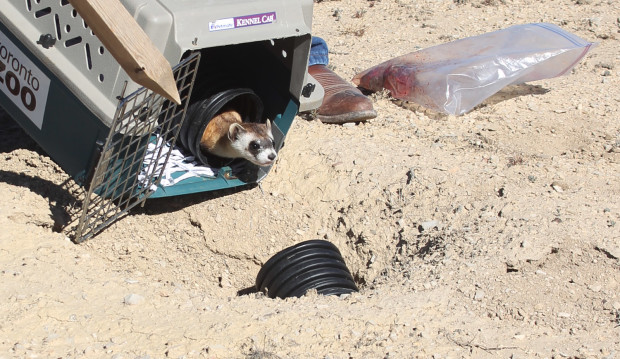
Not that it mattered. Soon after the slender, weasel-like creatures were coaxed out of the carriers and into holes, up popped their little heads with the bandit-like masks. As photographers, news reporters and the rest of the crowd milled about, the ferrets scurried across the ground in search of a better burrow. They weren’t about to let the hoopla surrounding a major new milestone in recovery of their species ace them out of that sweet spot they were looking for.
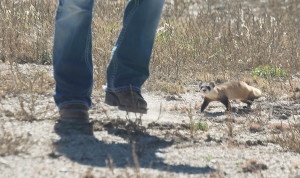
A New Lease on Life, on Private Property
Starting Oct. 30, 55 ferrets were released on the Walkers’ ranch west of Pueblo in southern Colorado in a first-of-its-kind effort. The U.S. Fish and Wildlife Service’s Safe Harbor program is seen as the next crucial step in building a self-sustaining ferret population in the wild. The Walkers are the first private landowners to participate under an agreement that will allow them and their neighbors to continue their operations as usual even though an endangered species has taken up residence. They won’t be penalized if a ferret is inadvertently killed.
“If black-footed ferrets are ever going to be recovered, there needs to be a wider geographic distribution of them,” said Tom Dougherty, who first got involved with the recovery program when he was with the Wyoming Wildlife Federation.
Dougherty, who later became the regional executive director of the National Wildlife Federation’s Boulder, Colo., office and senior adviser to NWF’s president, was on hand for the first release of captive-bred ferrets into the wild. He represented NWF on the Black-footed Recovery Implementation Team’s executive committee. Ann Morgan, the current regional executive director, is a committee member.
A Match Made Below Ground
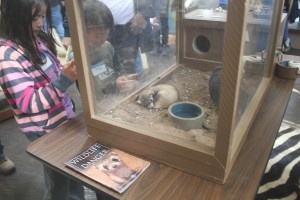
Gary Walker is happy to help. The release of ferrets on his Colorado ranch was the culmination of years of effort to enlist the animal in his battle against prairie dogs, the ferret’s main prey. He says unleashing a natural predator beats using poison—which he opposes—or shooting the prairie dogs.
“We have grown our prairie dog population from 3,000 acres in the year 2000 to over 10,000 acres,” Walker says. “Cattle will graze and eat the grass to an inch, an inch and a half off the ground. Prairie dogs will eat to where you can’t even see it.”
The Safe Harbor agreement signed by the Walkers and several agencies gives the ranchers assurance that additional restrictions related to the ferrets won’t be imposed on their operations. The program gained an important endorsement from the Colorado Cattlemen’s Association, which supported a new state law authorizing release of ferrets on the property of willing landowners.
“The Colorado legislation is truly monumental because it gives land managers, private citizens and public agencies an additional tool,” said Tom Warren, former chairman of the NWF Board of Directors and current chairman of the NWF Action Fund Board of Directors.
Warren, a wildlife biologist, has worked with the Walkers through the years on conservation projects. Part of the ranch is adjacent to the Fort Carson Army post, where Warren oversaw environmental and wildlife programs.
“Black-footed ferrets are an iconic keystone species of the prairie ecosystem,” Warren says. “While we humans keep intruding on the prairie, it’s up to us higher members of the food chain to keep the keystone species alive.”
